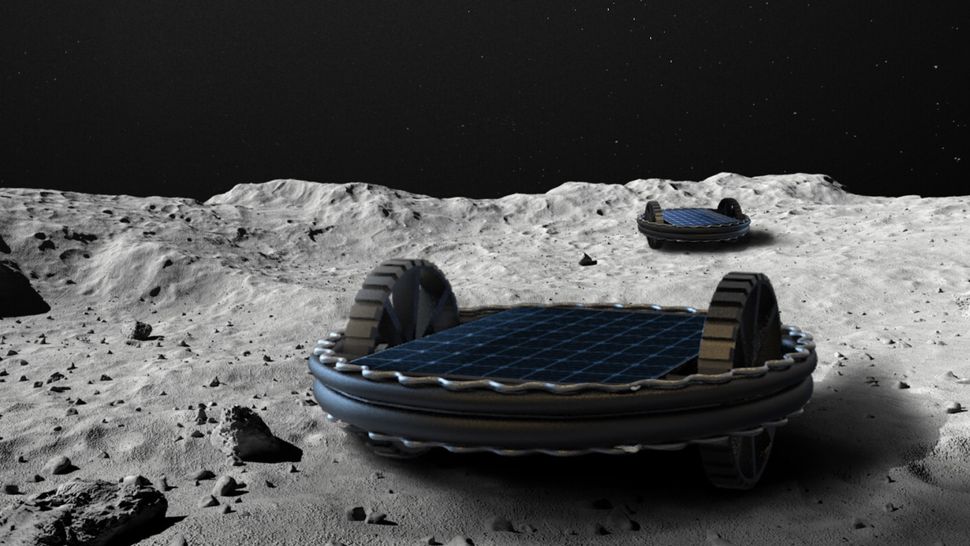Mexico's 1st moon mission will send 5 tiny robots aloft on Peregrine lunar lander Jan. 8
By Brett Tingley published about 10 hours ago
Sometimes big science comes in small packages.

tiny circular robots drive on the moon's surface
An illustration of the COLEMNA microrobots on the lunar surface. (Image credit: UNAM/LINX)
A historic private moon mission launches early on Monday (Jan. 8), and flying aboard will be five tiny robots developed in collaboration by a team of 250 university students in Mexico.
Astrobiotic's Peregrine Mission One will launch atop United Launch Alliance's powerful new Vulcan Centaur rocket at 2:18 a.m. EST (0718 GMT) on Monday (Jan. 8) from Florida's Cape Canaveral Space Force Station. Aboard will be Astrobiotic's Peregrine lunar lander alongside commercial payloads and NASA-developed scientific experiments.
Also onboard will be the five "autonomous micro-robots," as part of the COLEMNA Mission developed by the Laboratory of Special Instruments (LINX) at the National Autonomous University of Mexico (UNAM). These diminutive explorers measure just 4 inches (10 centimeters) in diameter and weigh 2 ounces (60 grams). The robots each feature onboard wheels, sensors and computers that will allow them to study the wispy atmosphere of the moon. On its website, LINX calls COLEMNA its "most ambitious mission."
Once the Peregrine lander reaches the lunar surface, it will vent excess fuel and allow it to dissipate before deploying the larger rovers that it carries. Once that is complete, the COLEMNA robots will be delivered to the surface of the moon via a tiny catapult that literally tosses them out onto the lunar regolith.
More:
https://www.space.com/peregrine-lunar-lander-mexico-colmena-micro-robots
